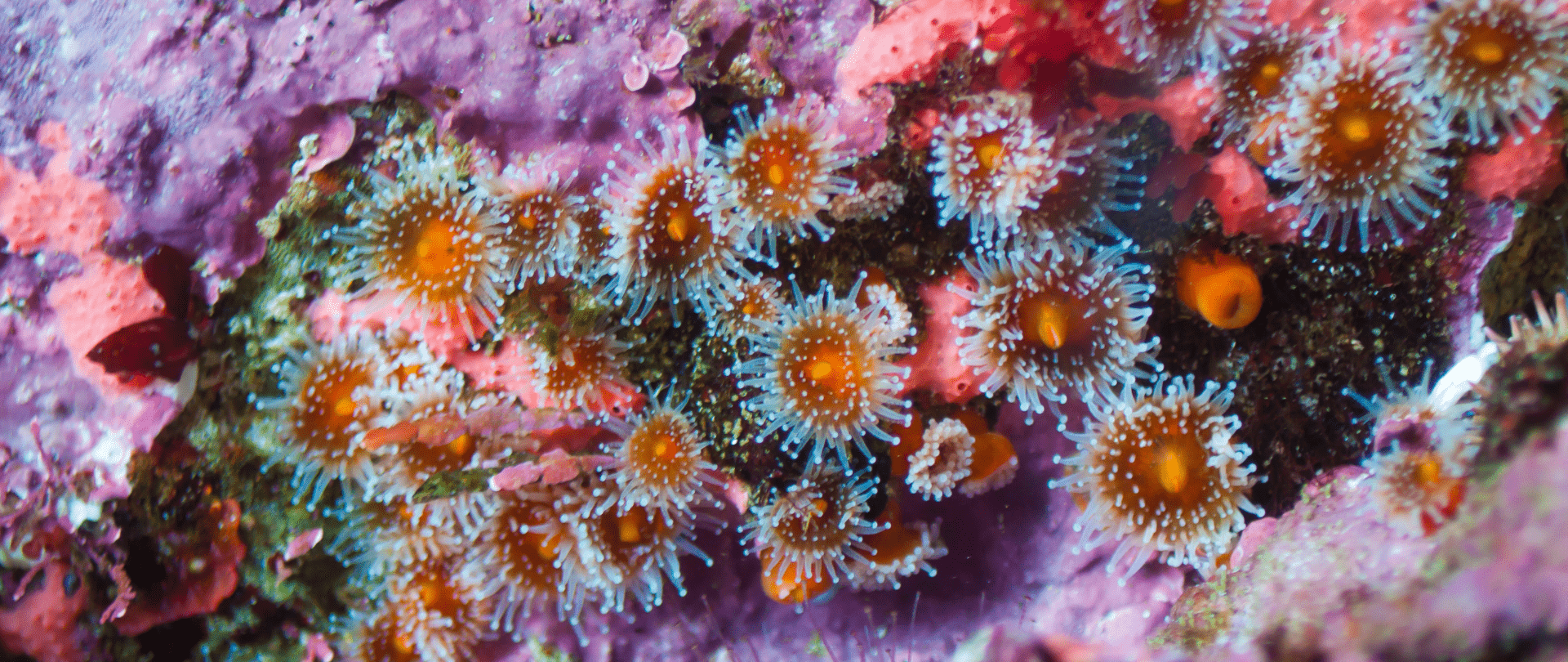March 20, 2025
The Database of Island Invasive Species Eradications (DIISE)
The DIISE is full of important, publicly-accessible data about projects to remove invasive species from islands all around the world!
We use cookies to help you navigate efficiently and perform certain functions. You will find detailed information about all cookies under each consent category below.
The cookies that are categorized as "Necessary" are stored on your browser as they are essential for enabling the basic functionalities of the site. ...
Necessary cookies are required to enable the basic features of this site, such as providing secure log-in or adjusting your consent preferences. These cookies do not store any personally identifiable data.
Functional cookies help perform certain functionalities like sharing the content of the website on social media platforms, collecting feedback, and other third-party features.
Analytical cookies are used to understand how visitors interact with the website. These cookies help provide information on metrics such as the number of visitors, bounce rate, traffic source, etc.
Performance cookies are used to understand and analyze the key performance indexes of the website which helps in delivering a better user experience for the visitors.
Advertisement cookies are used to provide visitors with customized advertisements based on the pages you visited previously and to analyze the effectiveness of the ad campaigns.
Looking to make an impact this Earth Month? Here’s how.

At Island Conservation we restore ecosystems by removing invasive species that cause devastating destruction on islands. Many threatened species – including birds, turtles and iguanas – become prey for invasive predators. Fortunately, those creatures can be protected through invasive species removal. Once predator-free, an island can recover and return to a state of wild.
But did you know that rewilding islands has dramatic benefits that reach far beyond individual plants and animals? Restoring islands has wonderful effects for many interconnected ecosystems, creatures and people! Everything is connected – which is why the Island-Ocean Connection Challenge (IOCC) calls for island communities, governments and nonprofits to restore at least 40 islands by 2030 to benefit wildlife, oceans and people.
Let’s explore how saving one island results in a huge variety of positive changes on a larger scale.
Restored and rewilded islands can conserve critical terrestrial and marine ecosystems, helping vulnerable species thrive. Many prioritized islands are in global Key Biodiversity Areas, which are some of the most important biodiversity habitats in the world. The IOCC is a commitment to protect at least 250 at-risk wildlife species that are vital to global biodiversity. Removing invasive species within island-marine ecosystems can provide refuge for animals and plants under threat.
When these habitats rebound, the relocation and restoration of significant “connector” species becomes possible. Sea turtles, land crabs, seabirds and seals play a vital role in island-marine biodiversity. For example, seabirds connect land and ocean. They travel great distances to deposit rich nutrients on remote islands, which in turn supports the surrounding marine organisms. These interconnected systems continuously flow into one another, ensuring a diverse range of fauna and flora.
Island-to-ocean restorations benefit coral reefs, seagrass meadows, mangroves, and countless other elements of marine ecosystems. In fact, damaged coral reefs have been shown to heal four times faster when their adjacent island-marine ecosystems are restored and protected. When these delicate lifeforms are protected, fish and other sea creatures flourish along with them. Everything is connected!
Island communities are disproportionately impacted by failing ocean health, climate change and biodiversity extinction – not just ecologically, but economically too. These community members often rely on thriving island-marine ecosystems to earn a living, from fisherman and lobster catchers to tourism-based businesses and entrepreneurs. Every Island Conservation project begins by listening to and understanding the needs of the people at the center of these environmental concerns so we can best support their goals.
Restored and protected island-ocean ecosystems offer nature-based solutions for climate change adaptation and mitigation. Restoring islands and their habitats stimulates new carbon sequestration through flourishing native plant life and island-ocean ecosystem processes. Carbon-rich habitats like the reefs, mangroves and seagrasses mentioned above are powerful blue carbon “sinks” that absorb and store carbon. They can also limit soil erosion and flooding in the face of rising sea levels, thereby offering further protection for island communities.
Want to get involved? Join the Island-Ocean Connection Challenge to protect our islands, oceans and vulnerable communities!
Check out other journal entries we think you might be interested in.
Notifications